After just 72 hours, I got calls from six DI college coaches. They started with encouragement, but all ended the same way: “We’d love to have you … if our roster wasn’t being cut.”
Along with thousands of other athletes from the class of 2025, I developed relationships with coaches and their teams over the past year, but our journeys hit a roadblock when the recruitment process was upended by a pending NCAA settlement.
I learned from the coaches that this class action lawsuit, known as House vs. NCAA, would require schools to share a portion of their athletic revenue directly with college athletes, responding to demands from those who felt they should be paid to play. To manage the finances and prevent burdensome costs, the lawsuit calls for hard limits on rosters. With the settlement nearing its final stage, uncertainty looms over the NCAA DI programs (except for the Ivy League, which opted out of the settlement in late January). More than 15,000 athletes are likely to be cut from their teams, and college sports as we know them are under attack.
On April 23, U.S. District Judge Claudia Wilken insisted the parties consider letting current athletes keep their roster spots in the settlement. Previously, NCAA attorneys argued that many athletes had already transferred due to expected roster cuts, making reversals difficult. New responses are due by May 7.
The legal fight stems from years of change in college sports. Since athletes began earning NIL (Name, Image, and Likeness) money in 2021, the door opened for a cascade of unintended consequences. Many top athletes now go to the programs that will pay the most, often leaving for a better monetary offer through the new transfer portal, spending only one year at the college that recruited them. This process grants collegiate athletes more agency, similar to professional athletes.
The House then demanded that schools fund all Division I athletes to share scholarships and sports revenue more fairly. That financial strain led to roster cuts and even the slashing of entire sports programs.
Although I chose to attend a college where I wouldn’t compete, my heart goes out to the 15,000 who are at risk of having their college athletic careers ripped away, and for those who may not otherwise have a shot to attend college without the opportunities afforded through the recruitment and scholarship process.
Until this year, most Division I programs welcomed walk-on athletes—students who got into the school on their own—but the current case suggests phasing out walk-ons and eliminating the opportunity for future classes.
The walk-ons are not on scholarship and are not top recruits; they are athletes who love their school so much they are prepared to pay rather than get paid to contribute to the teams they represent.
Athletes who grew up dreaming of racing under the lights, putting on the helmet, and slapping on goalie pads finally made it and are now being cut. Walk-ons and non-starters alike show up every day—not for recognition, NIL deals, or guaranteed playing time in the big games, but purely to be a part of something bigger than themselves and pour love into it. They are developmental players, critical to the growth of the team, bringing energy and passion to improve, and building the depth every championship team relies on. They cheer their teammates on to victory, console them in defeat, and step in to fill gaps when starters are injured or unable to play. When it comes down to it, they form the heart of the team. And, sometimes, talented walk-ons flourish under college coaches’ tutelage and climb to the pinnacle of their sport.
Walk-ons are the underdogs but can grow into champions, like Emily Mackay, who started her collegiate running career as a walk-on at Binghamton University and developed into a five-time All-American under coach Annette Acuff. Her dedication and progress led her to qualify for the 2024 Paris Olympics. She joined the team fresh off an injury but became a stronger, faster runner and a pivotal member of the team. As an alum, she received the inaugural community leadership impact award and sits in the Binghamton Hall of Fame. She credits her team and coach for how she went from a lost college student to an Olympian.
Stories like Emily’s are why this fight matters. To tell first-hand stories, an Instagram page called “Roster Limit Objection” was started, where athletes and coaches band together to fight for and protect the opportunities the previously recruited athletes and walk-ons have rightfully earned. I urge you to follow it, support the effort, tag the NCAA, and explore the hundreds of letters student-athletes and coaches write to the judge asking her not to approve the settlement and to stop their teams and athletes from being pushed out because of the proposed roster limits.
And so the calls from the coaches end not with offers, but with apologies. Coaches hang up not because they don’t believe in us, but because their hands are tied. They’re losing the culture they have cultivated and the walk-ons who fill those teams with depth and commitment.
It’s not just about recruitment but preserving what makes college sports worth fighting for. Coaches want to support the journeys of the athletes on their team, not cut them, lose them to another school, or replace them to level up the program. If we let roster limits shrink our teams, we won’t just lose teammates; we’ll lose the legacy, the unity, and the indescribable joy and magic these programs create.
It’s on all of us—athletes, coaches, alumni, and fans—to stand by our teammates and stand up for the future of college sports.

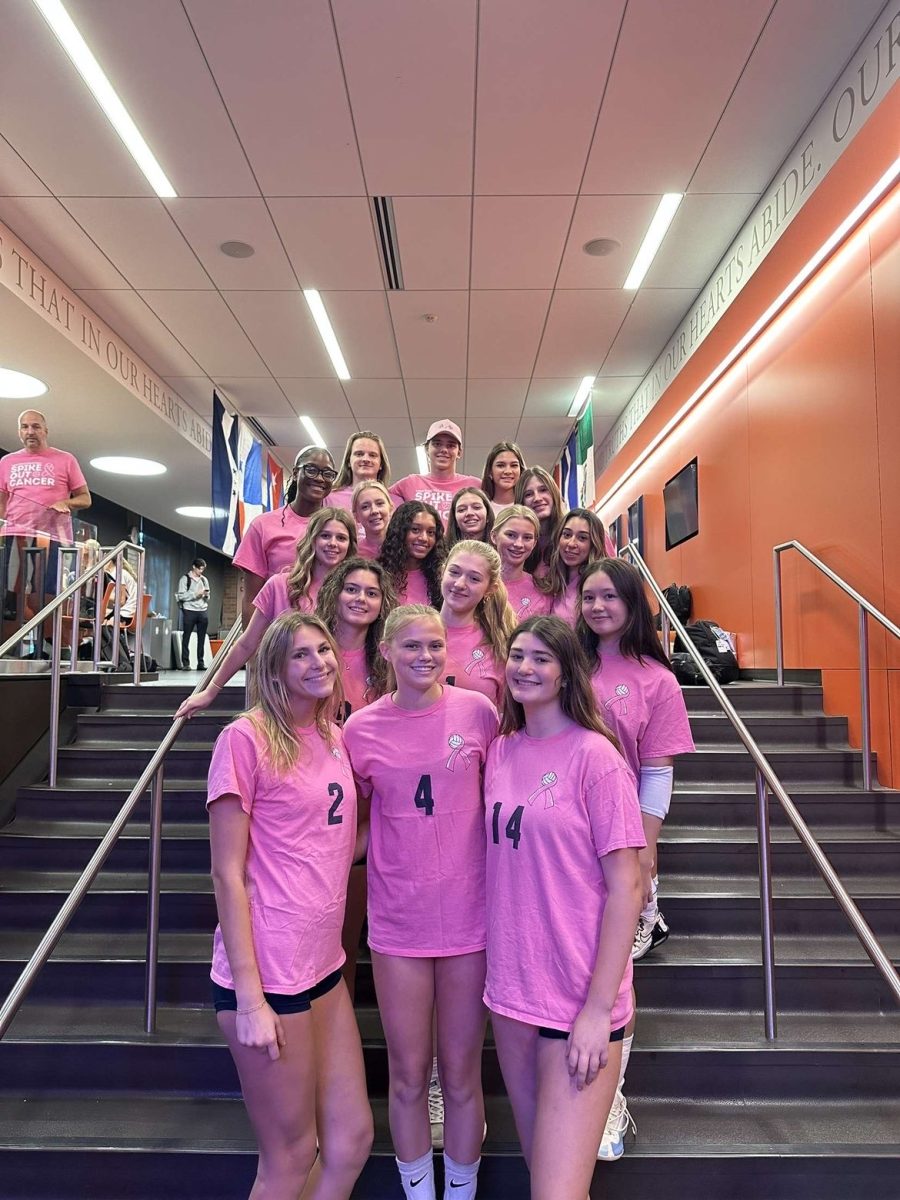
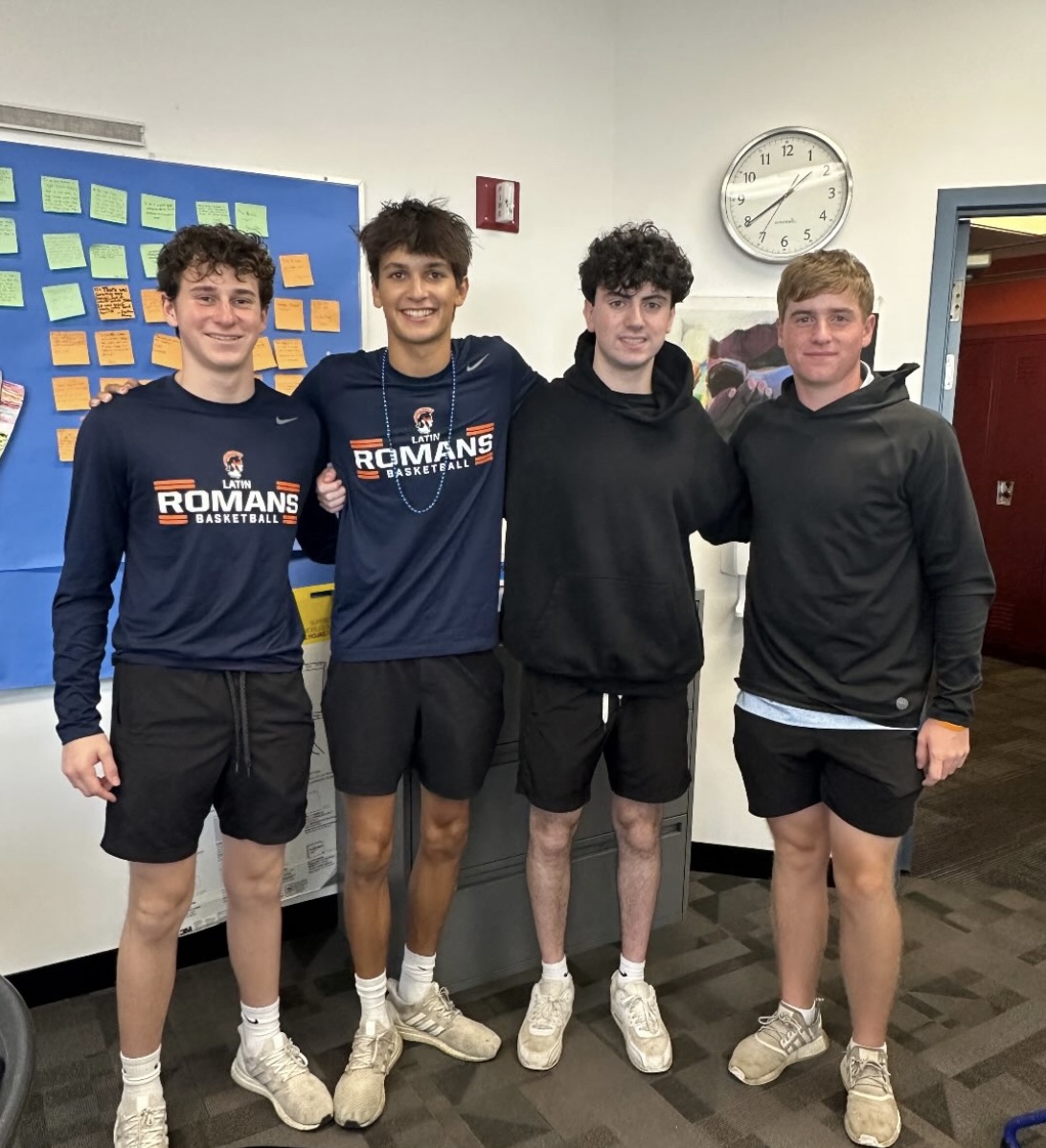

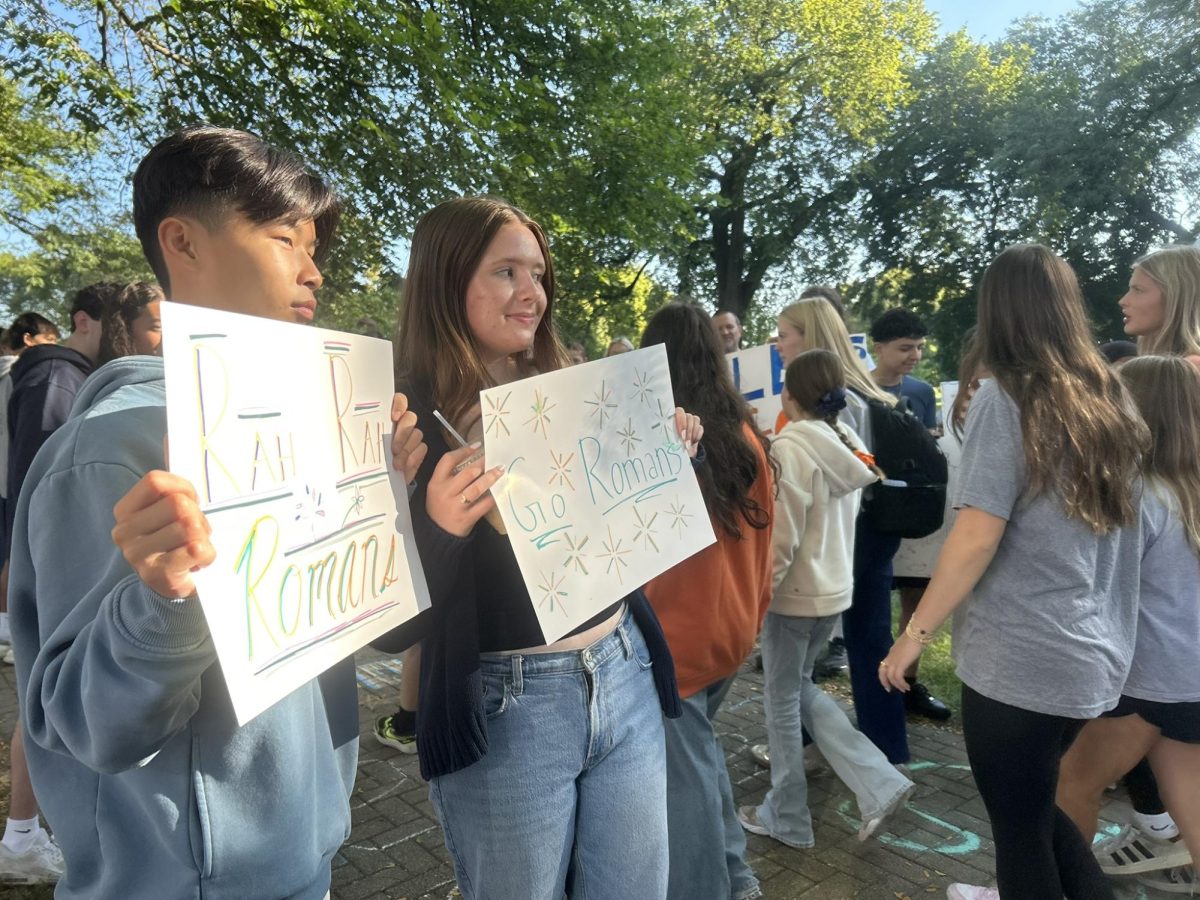
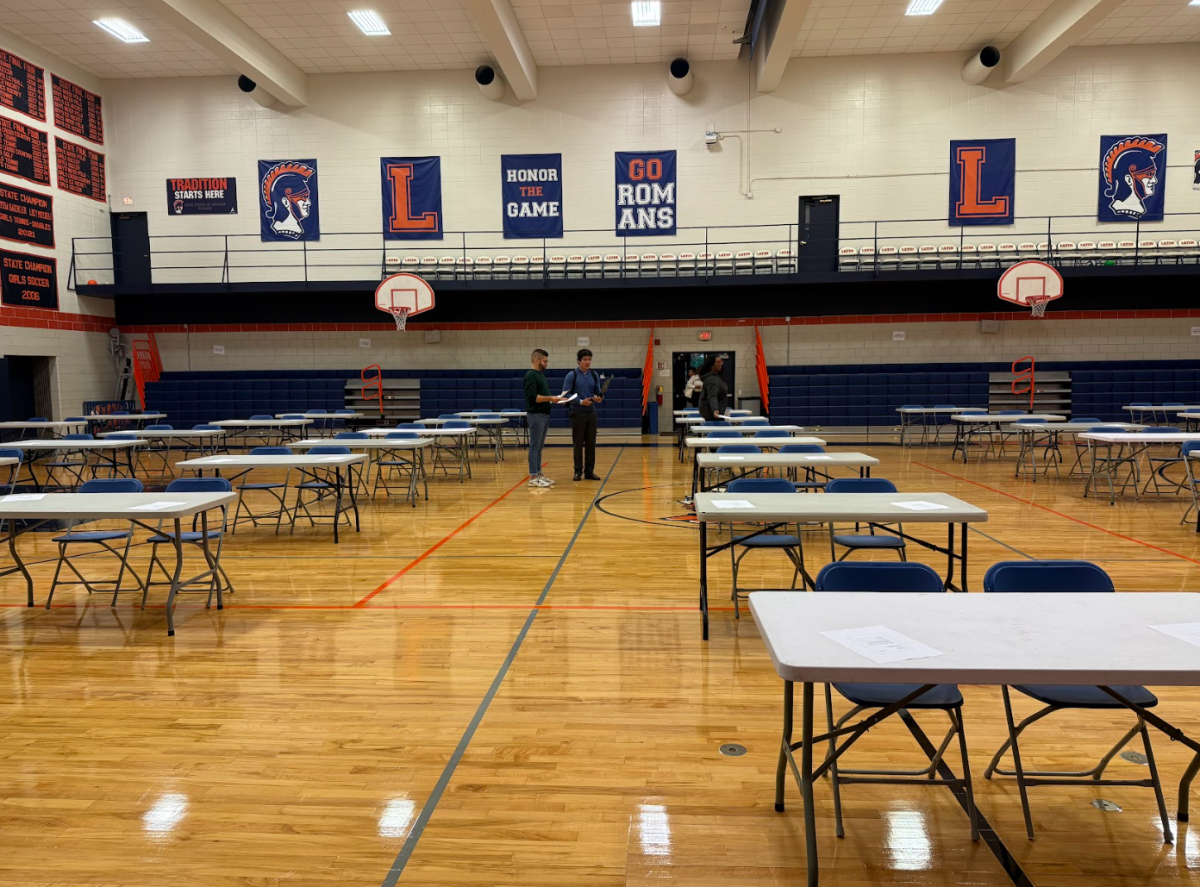
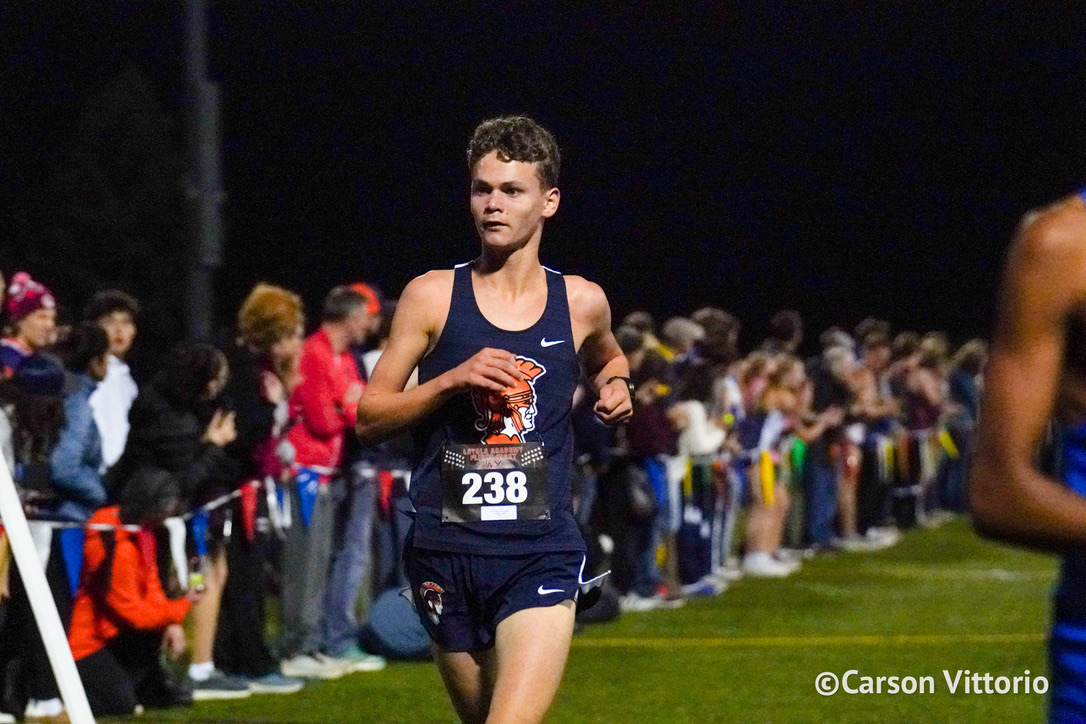
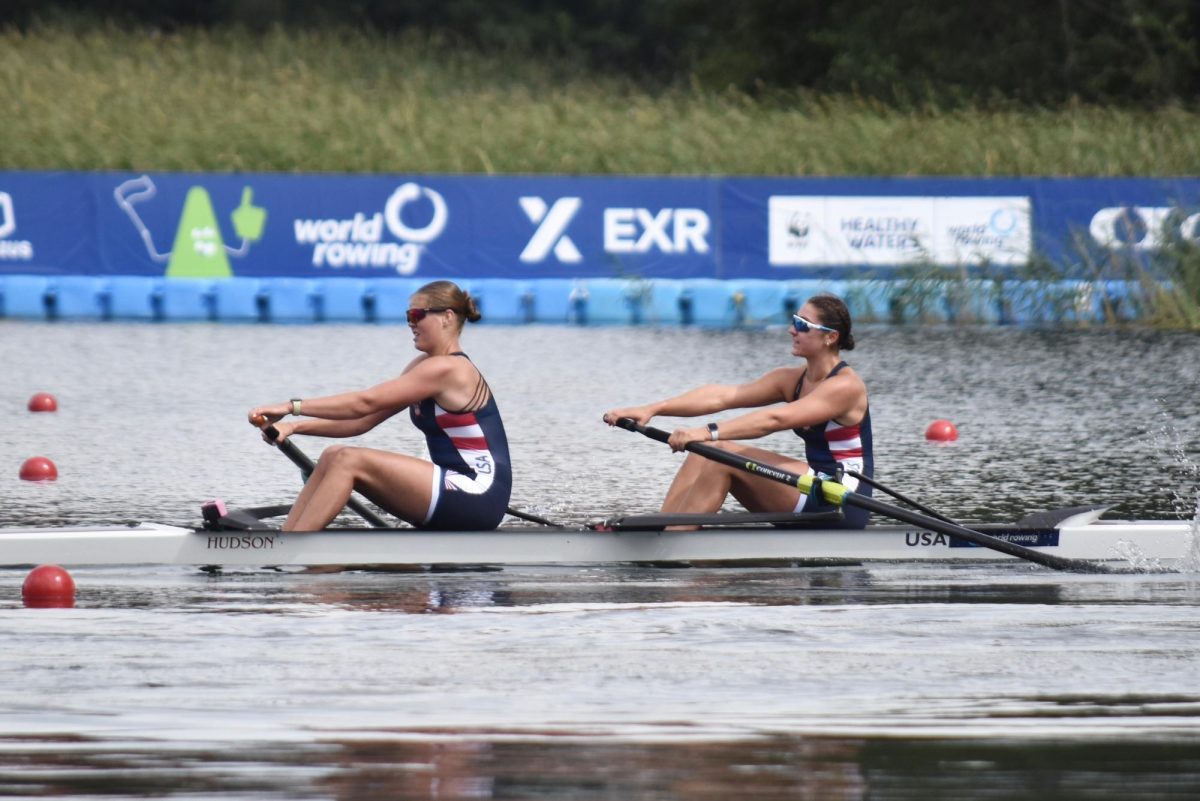
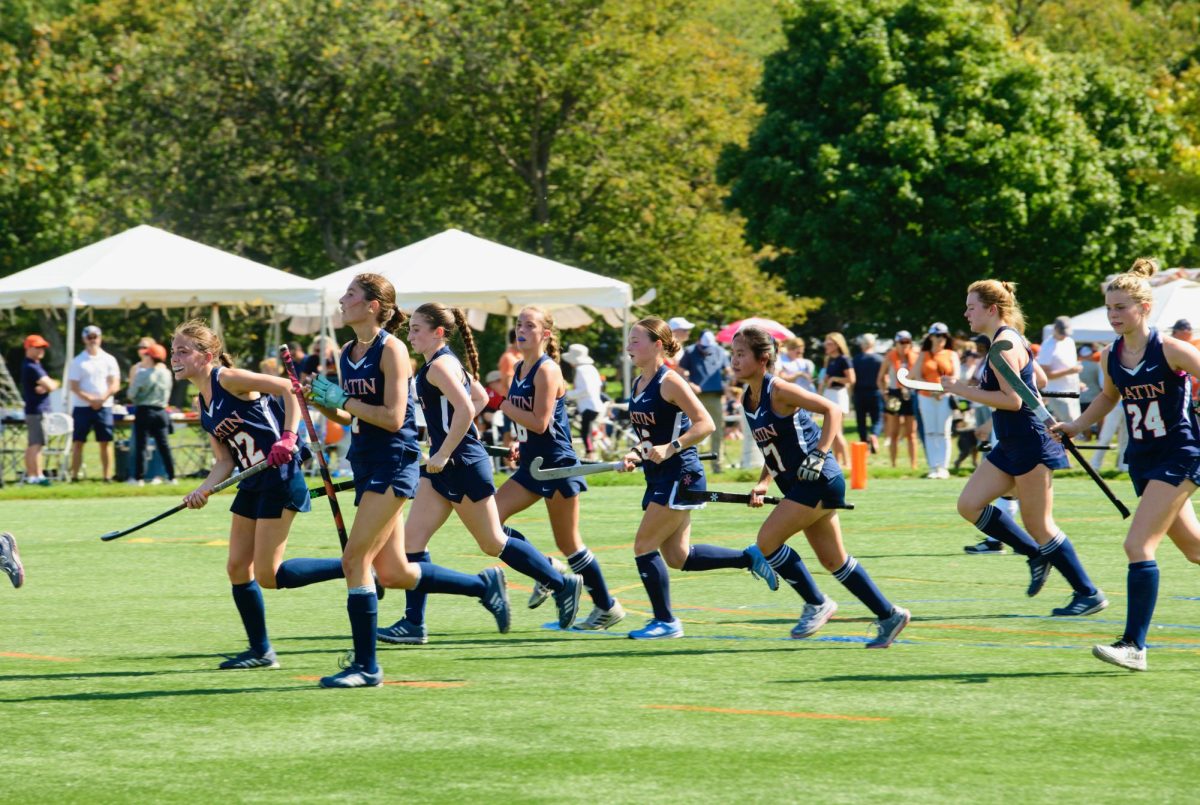
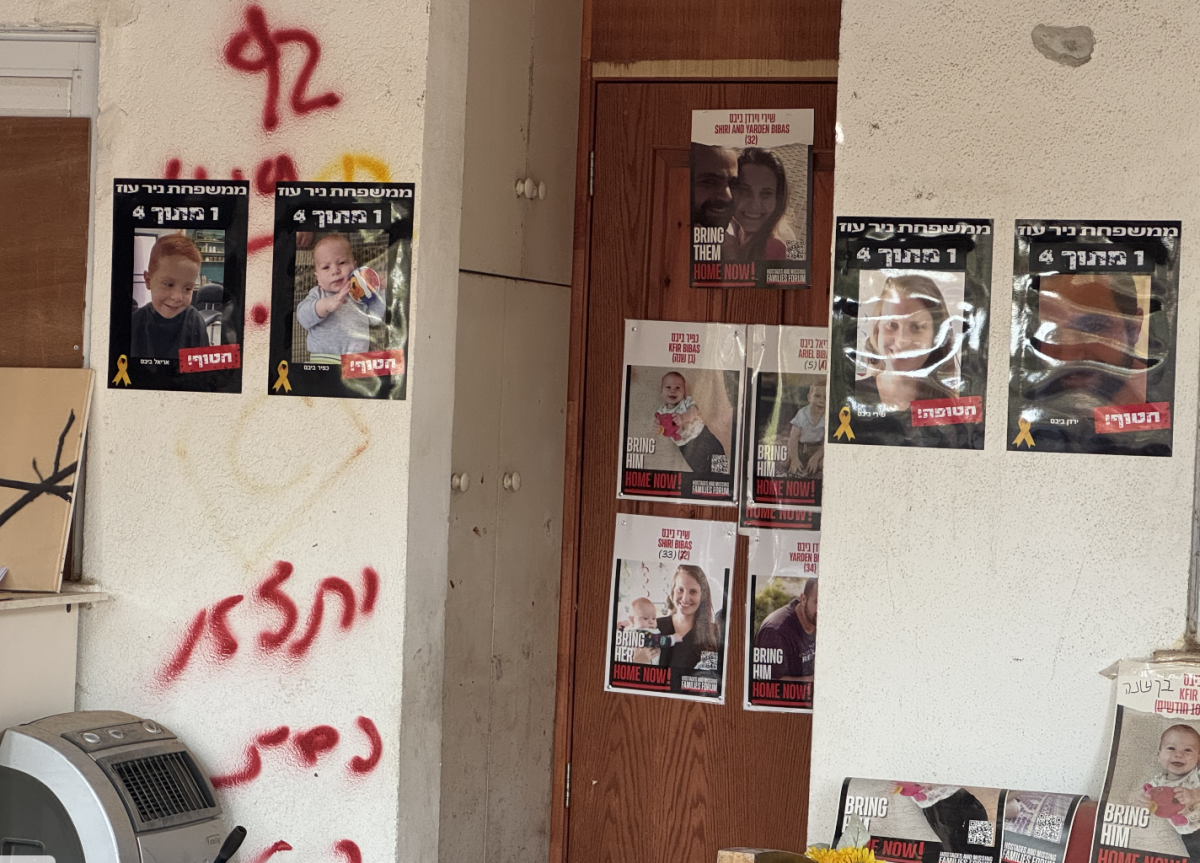
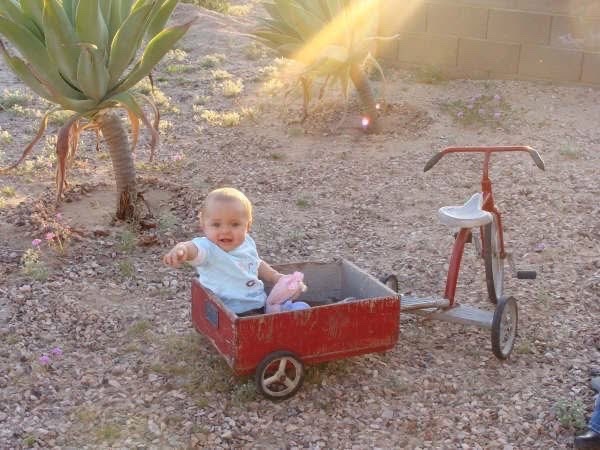
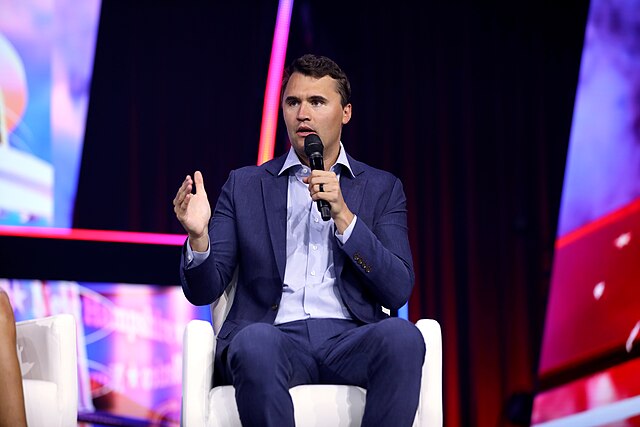

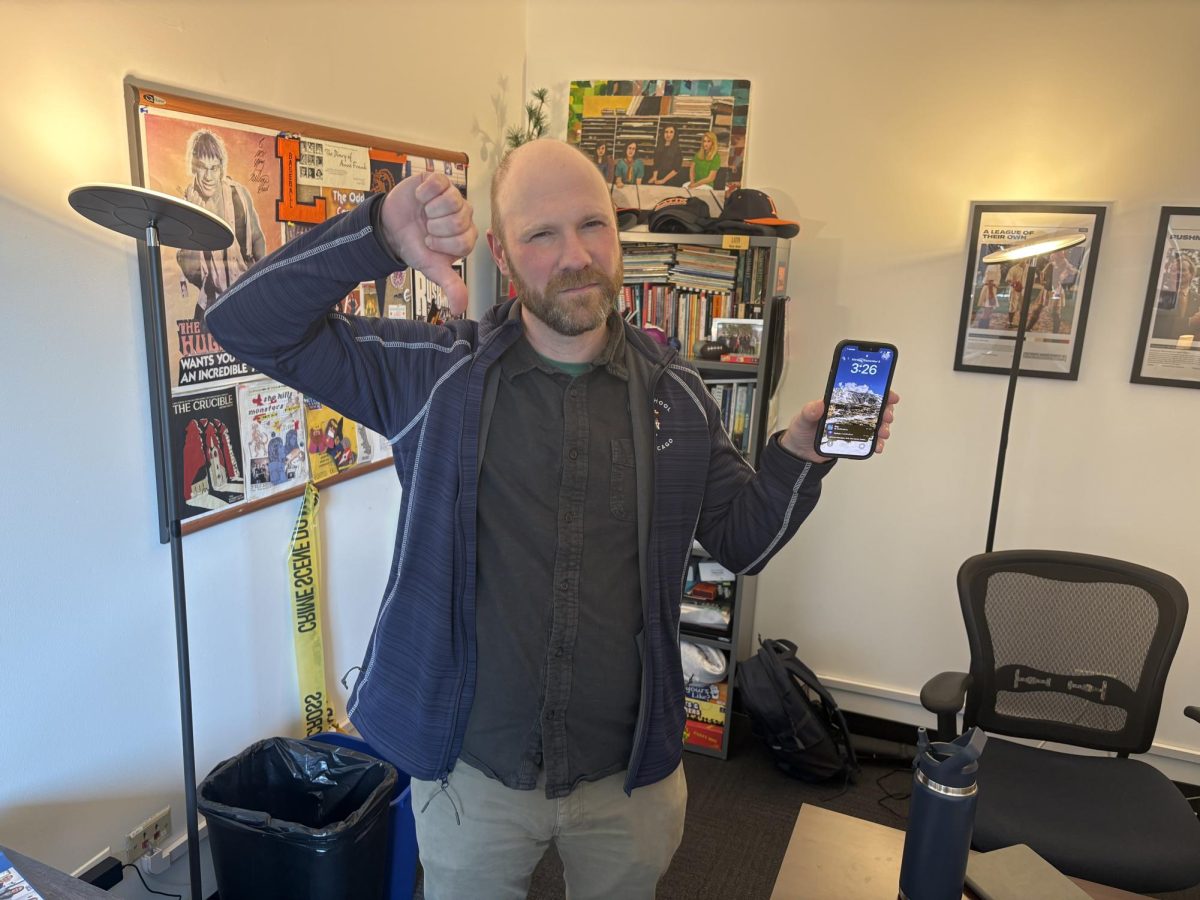
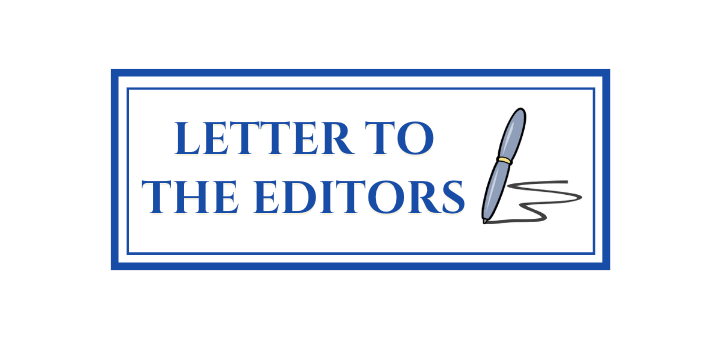
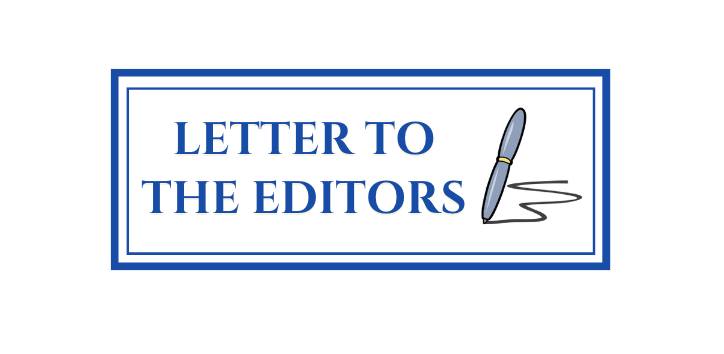

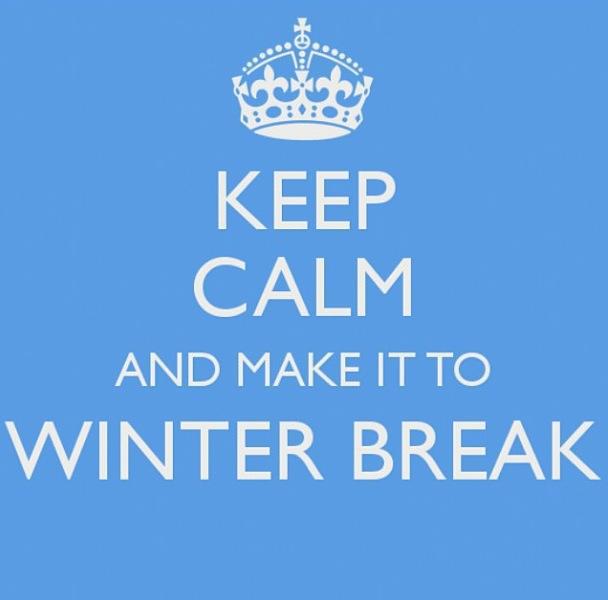
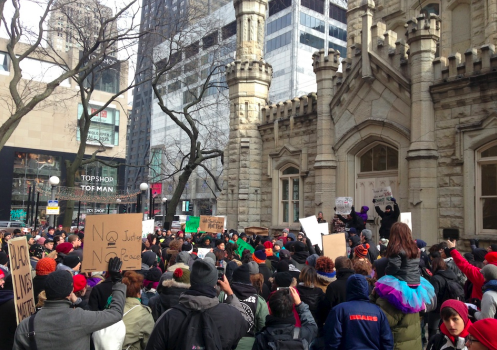




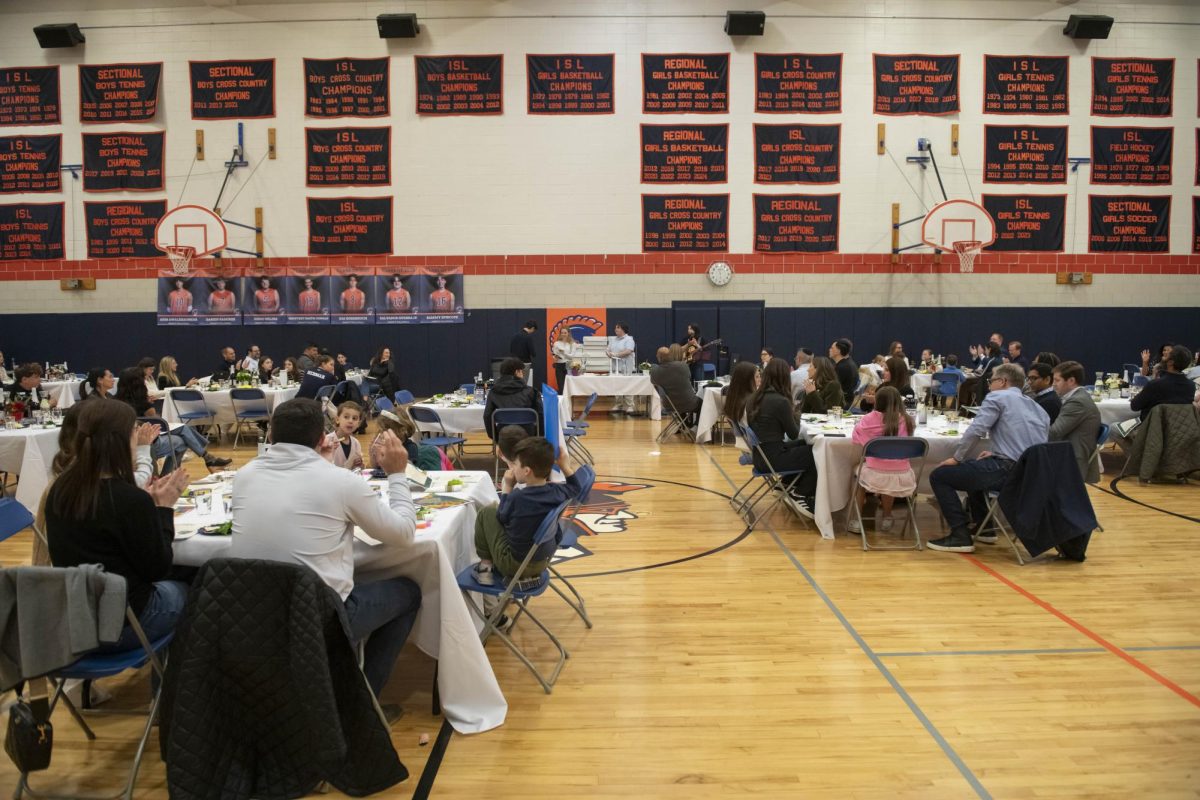
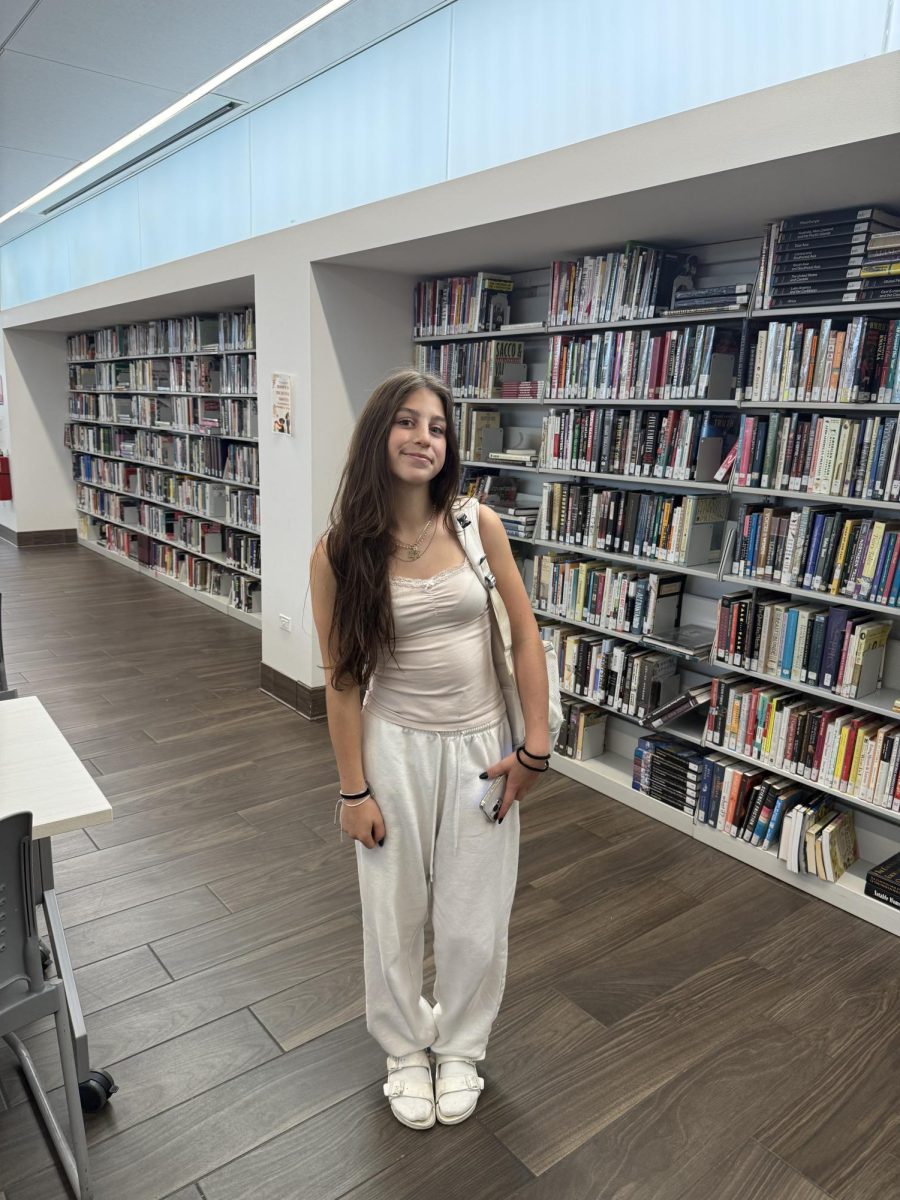
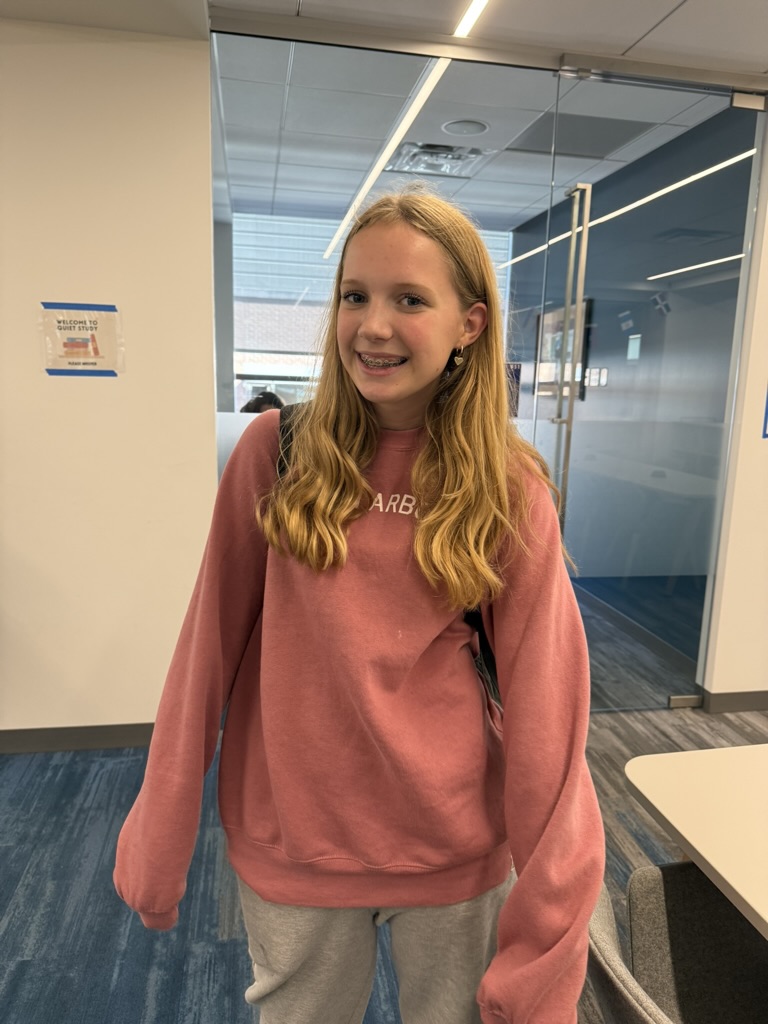

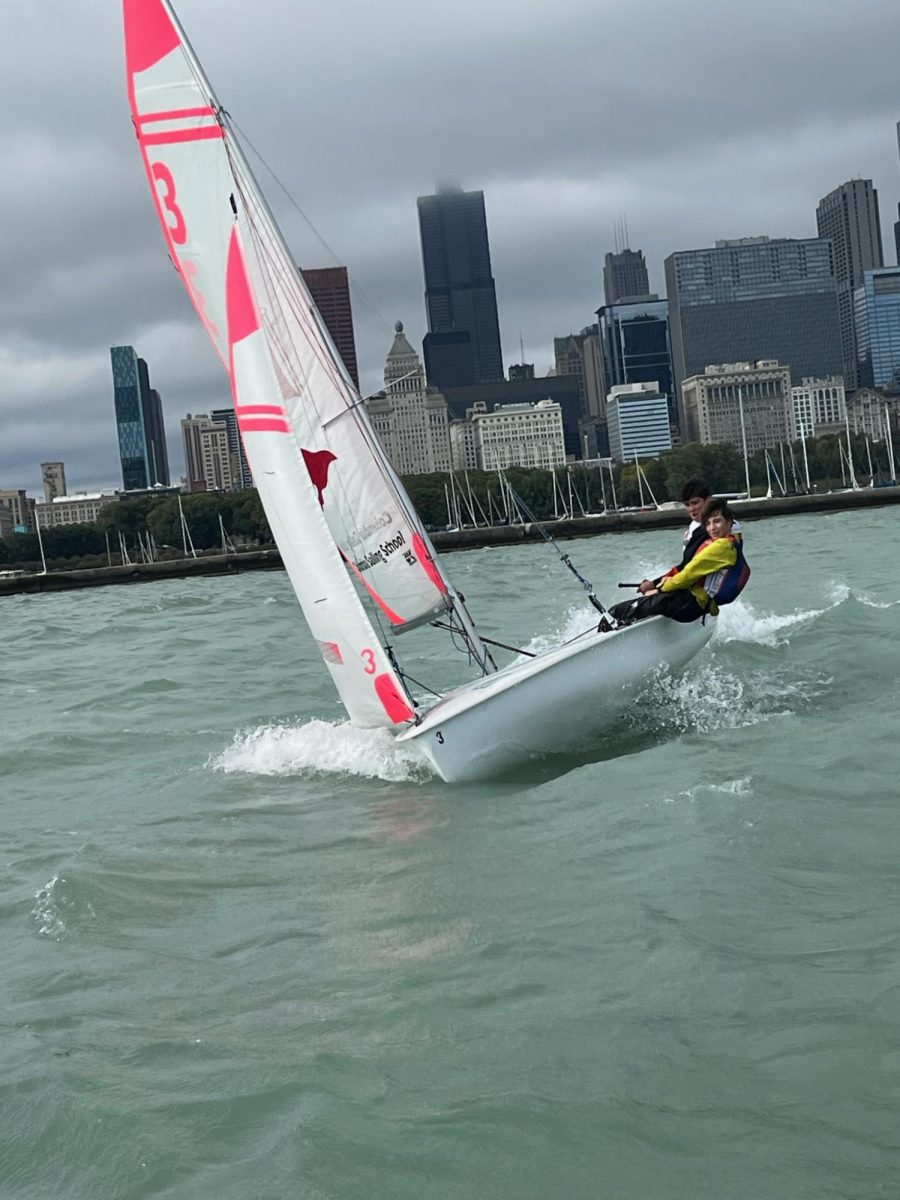
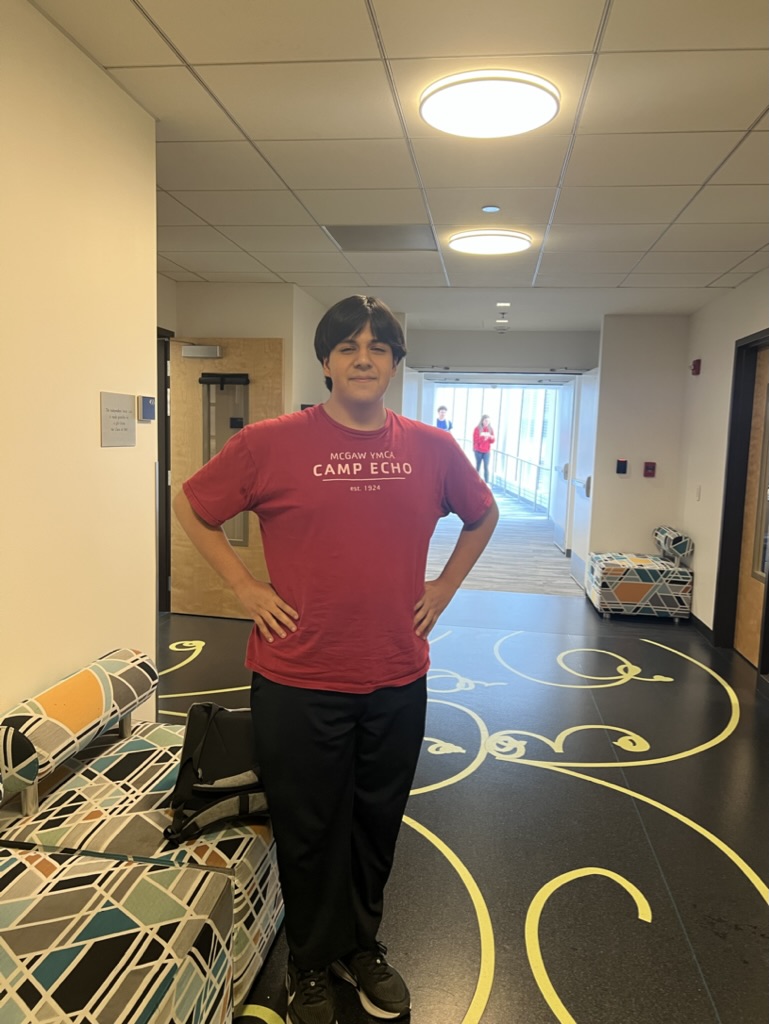
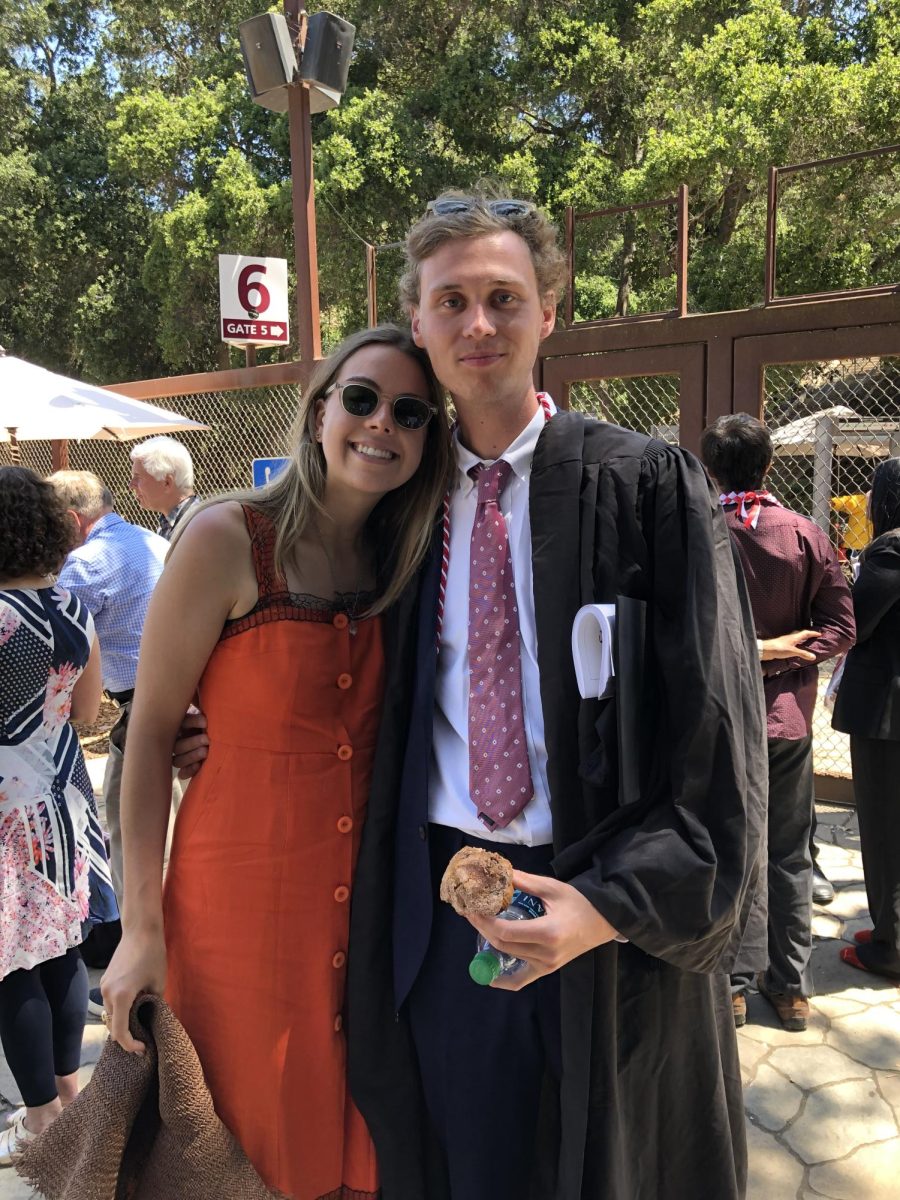
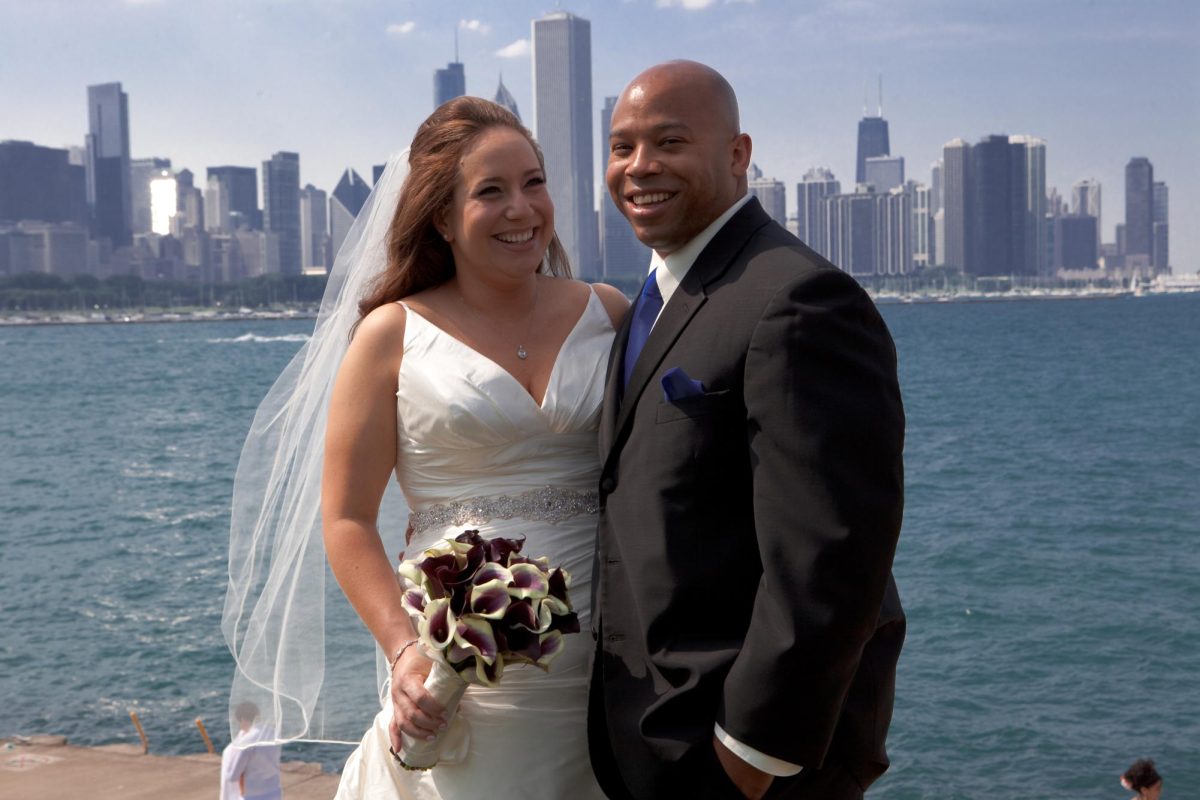
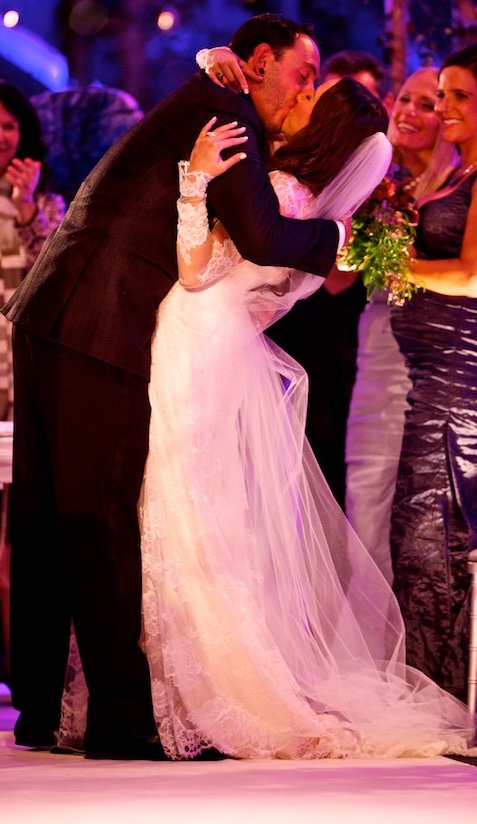

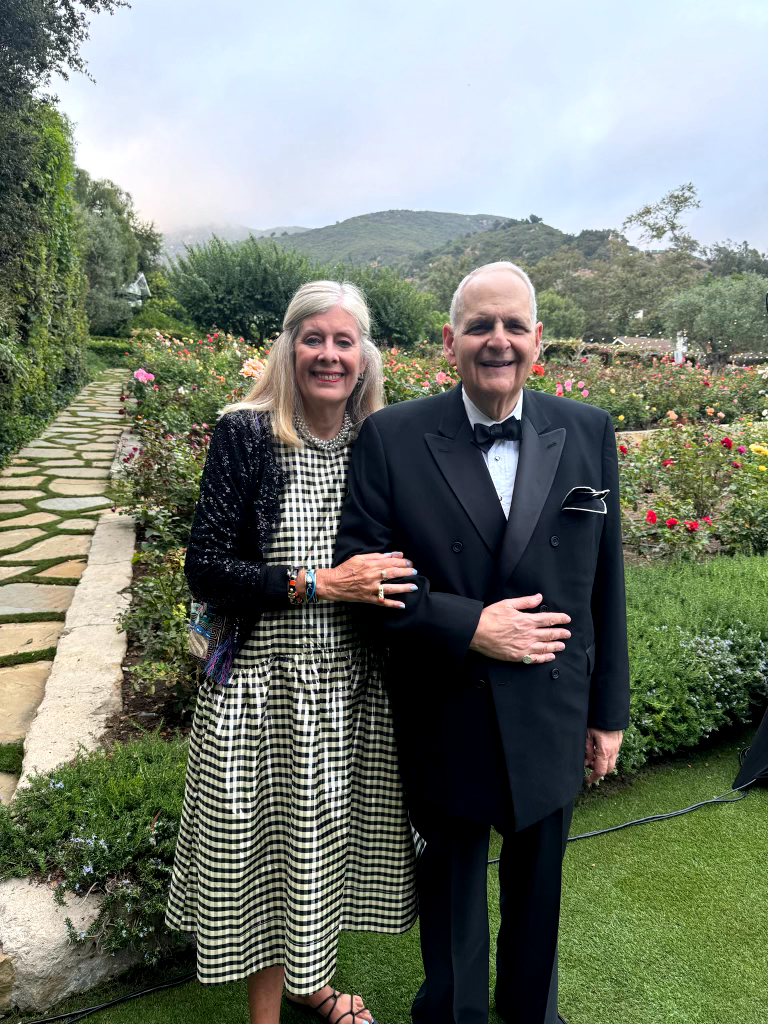
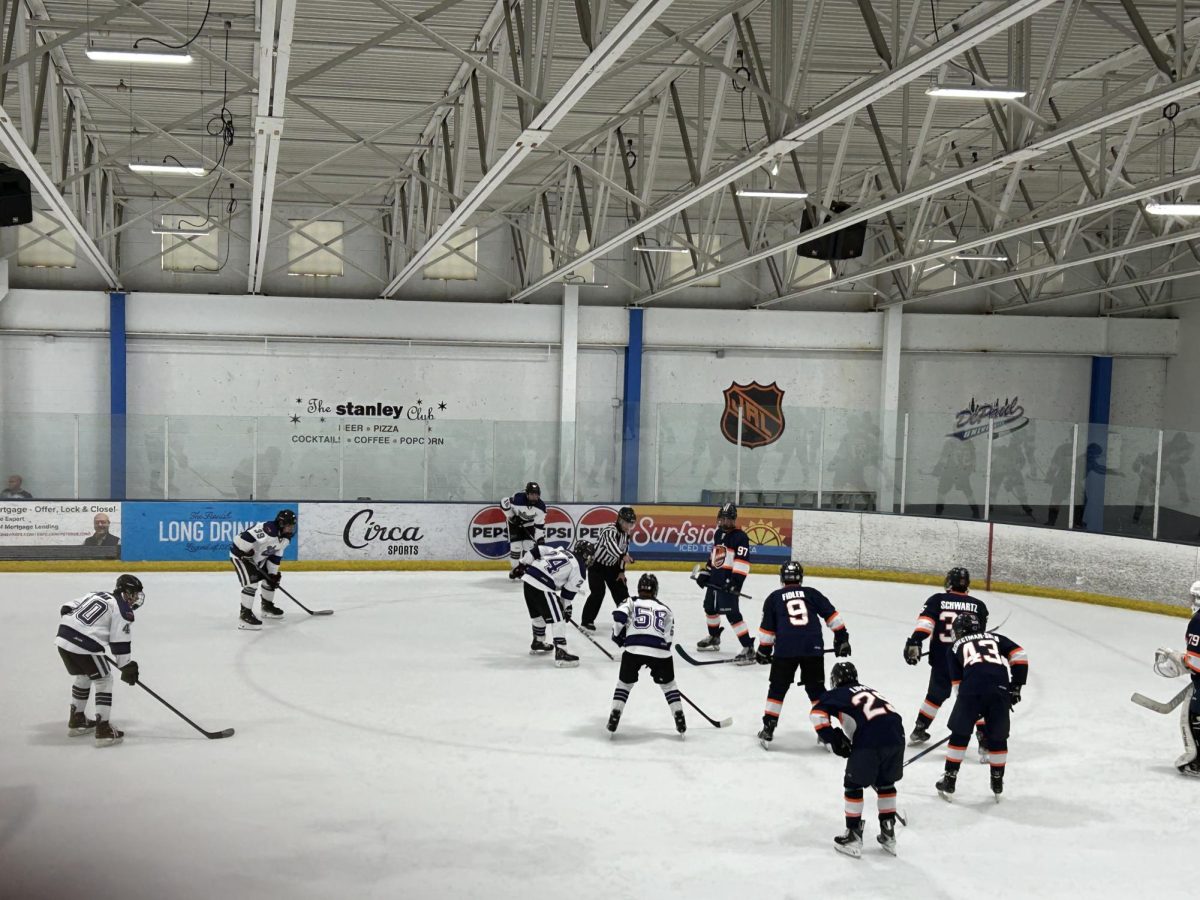
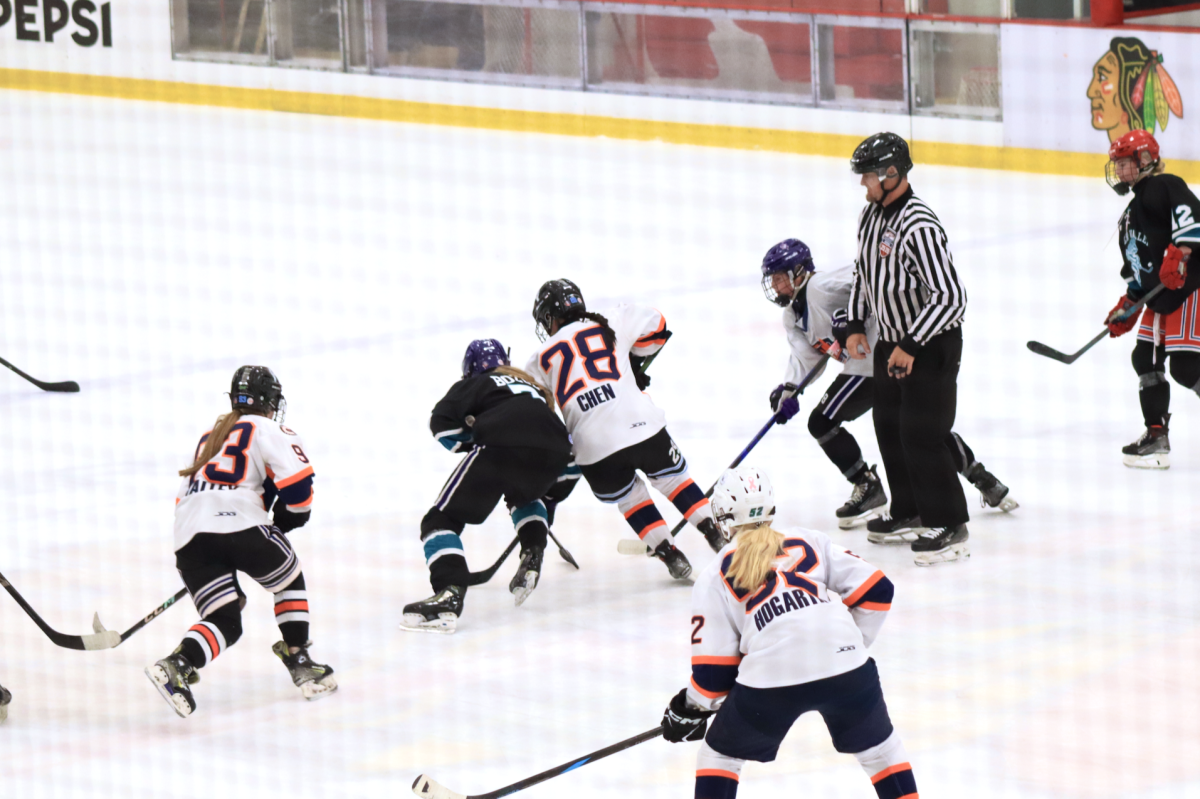
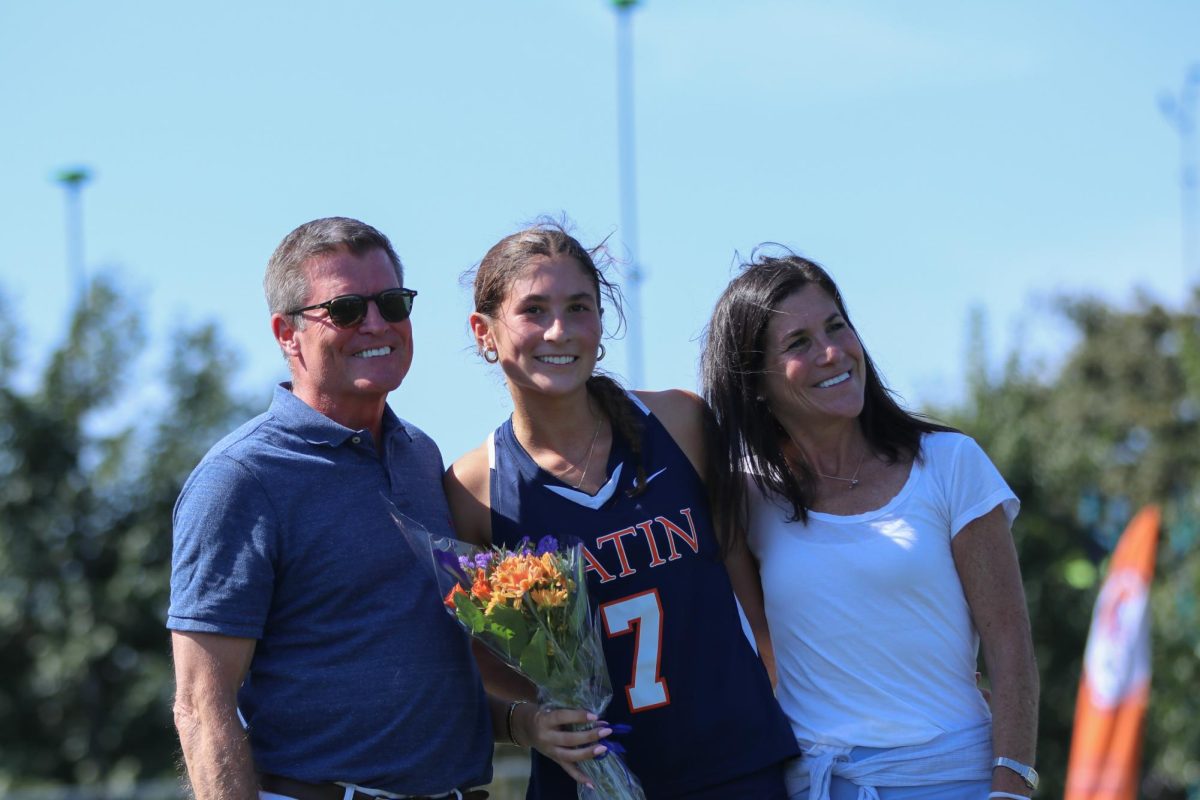
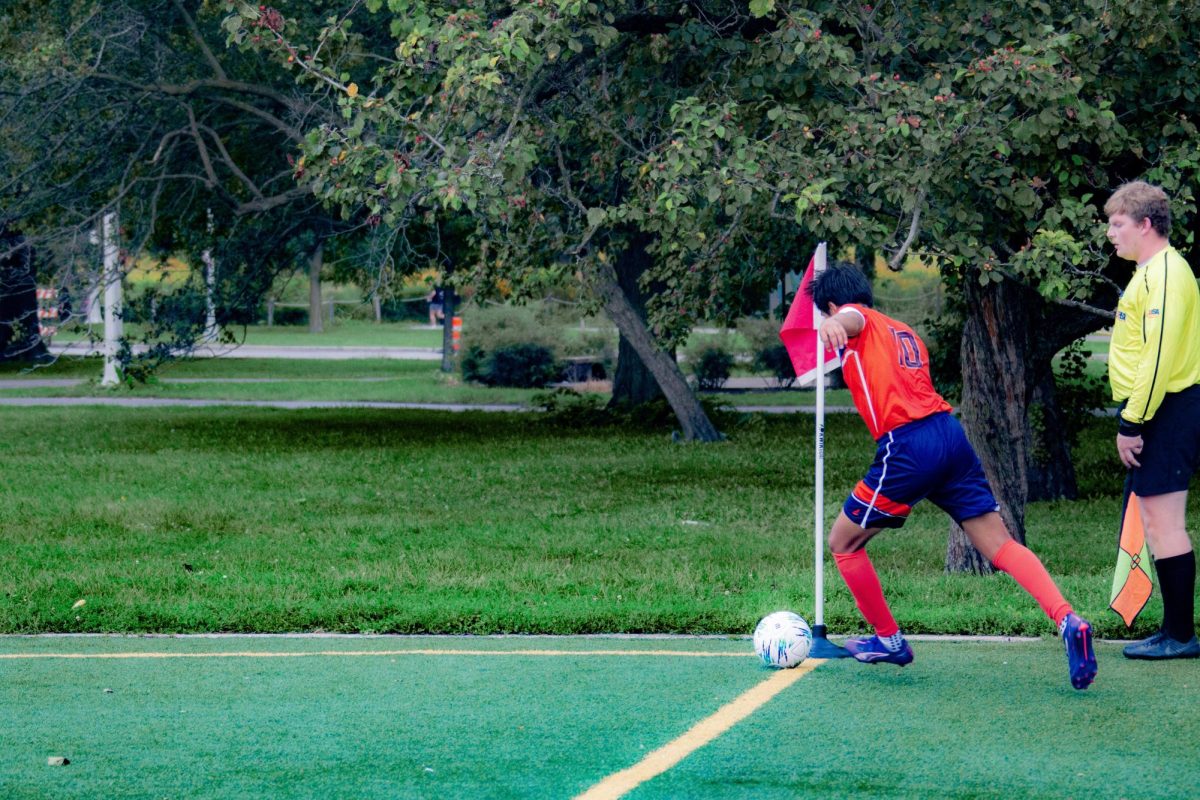
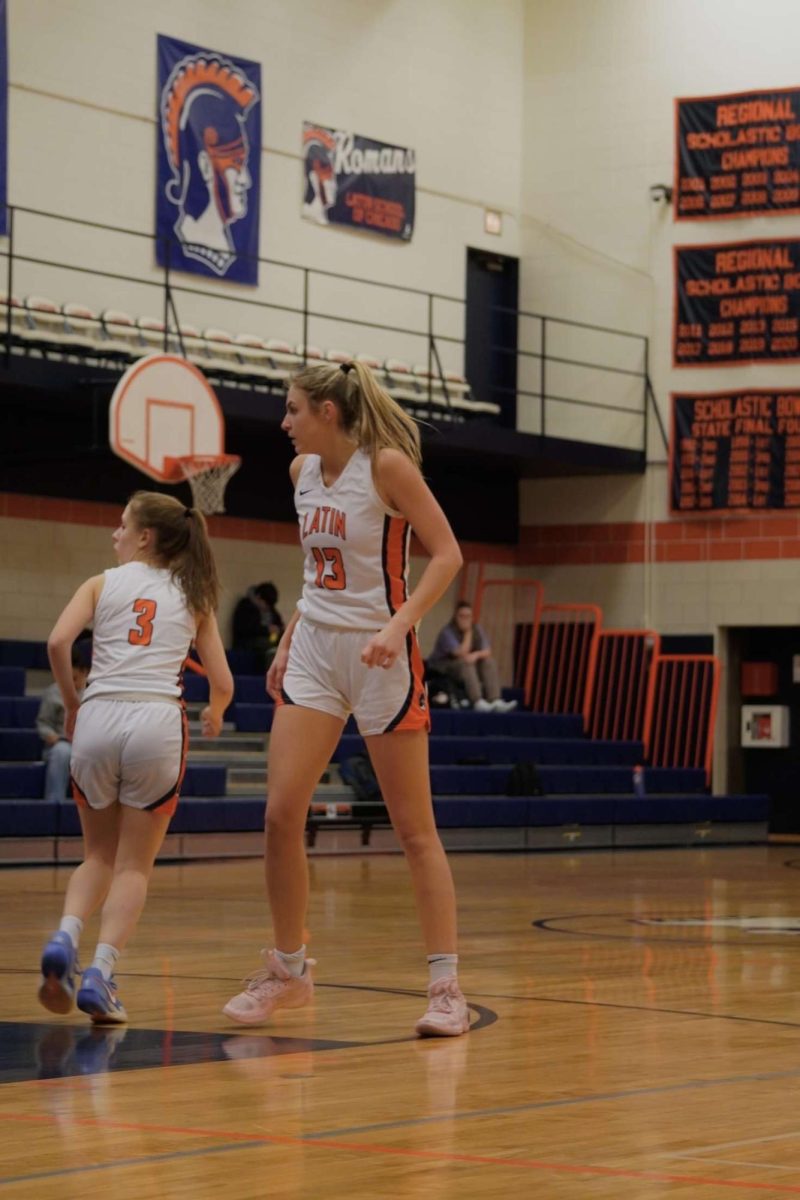
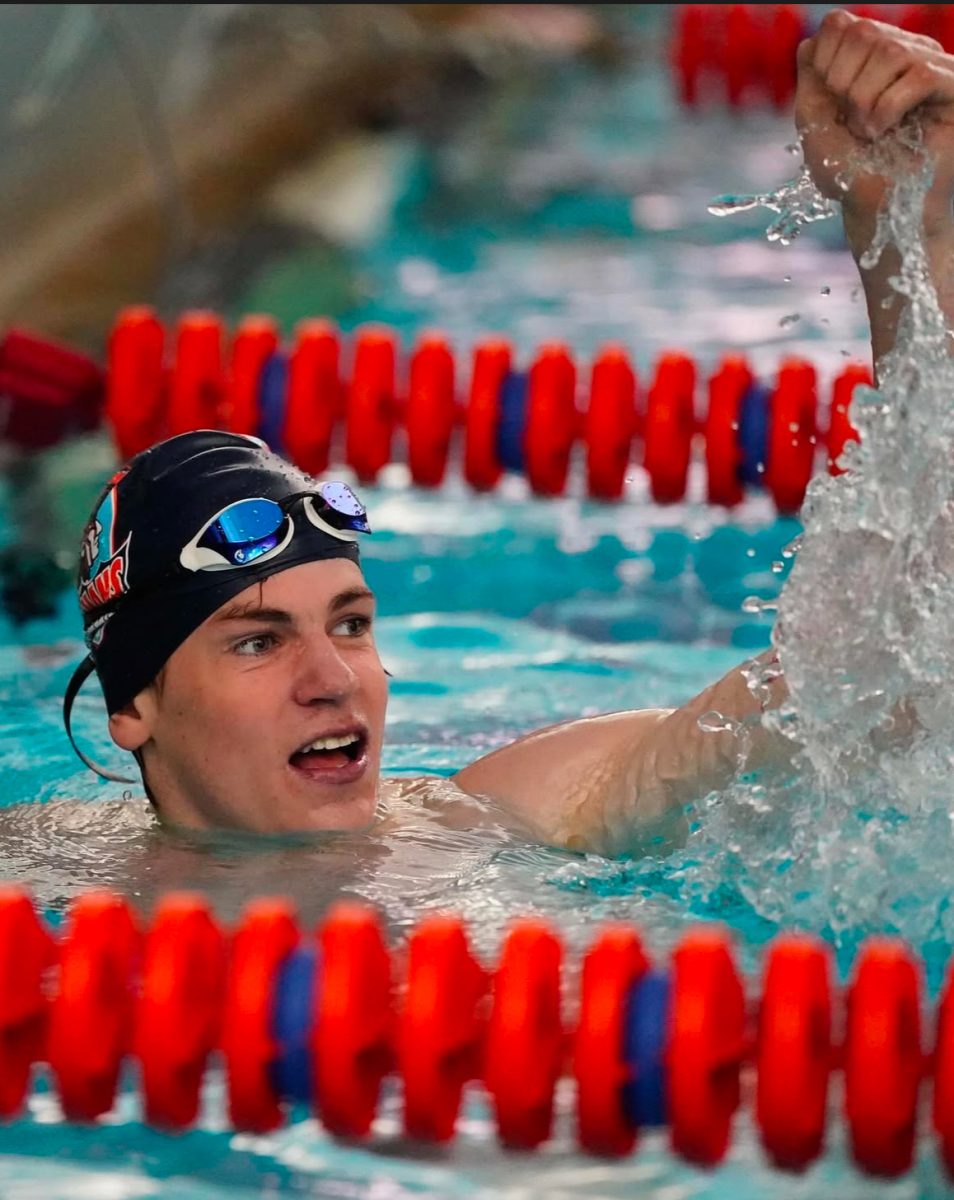
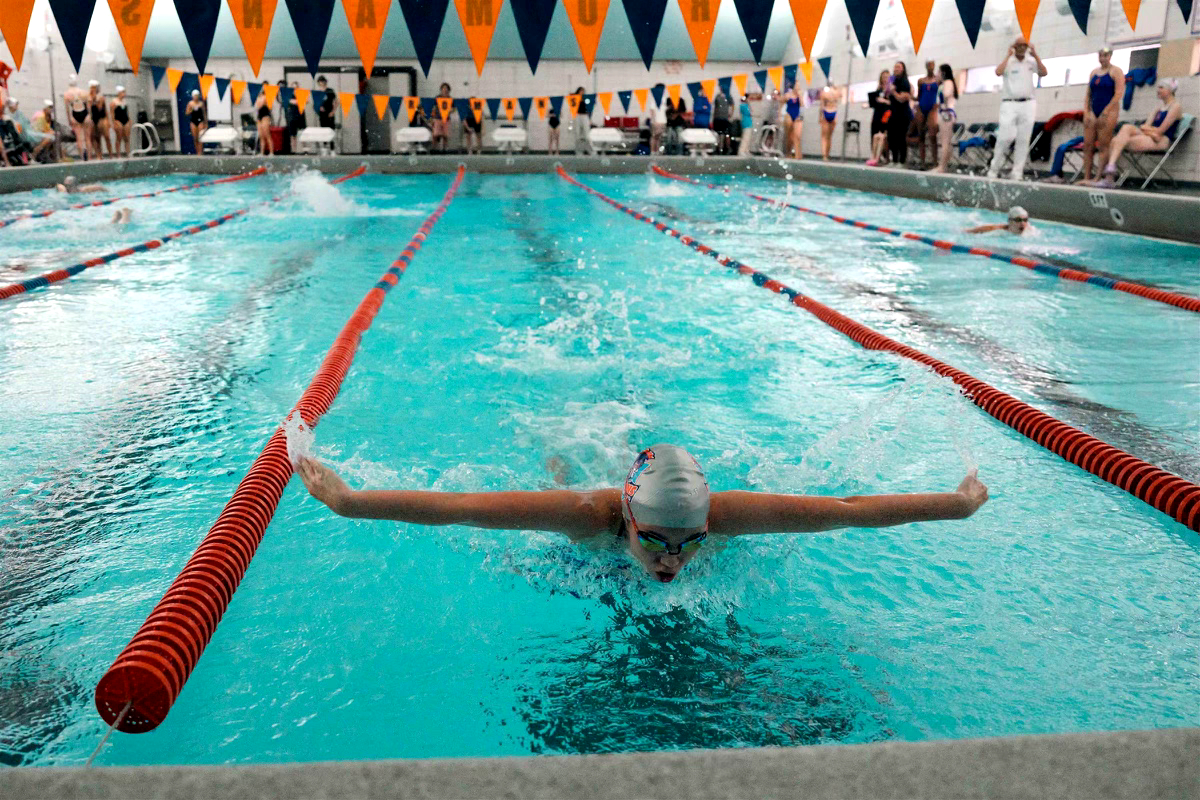



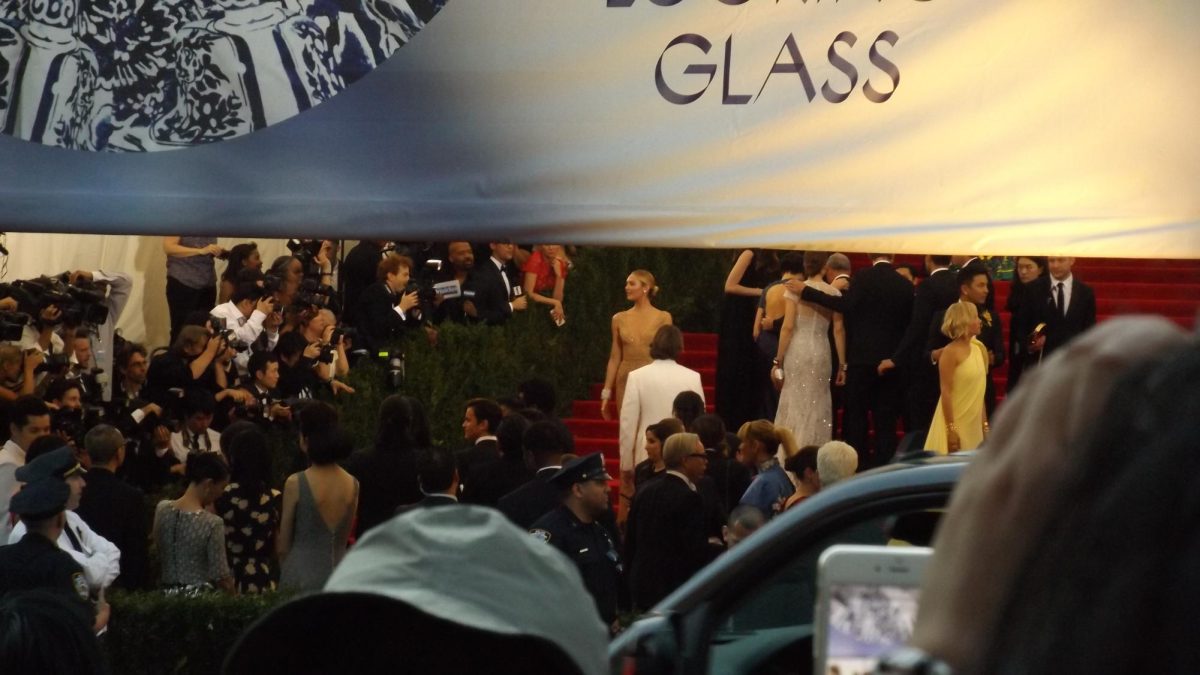
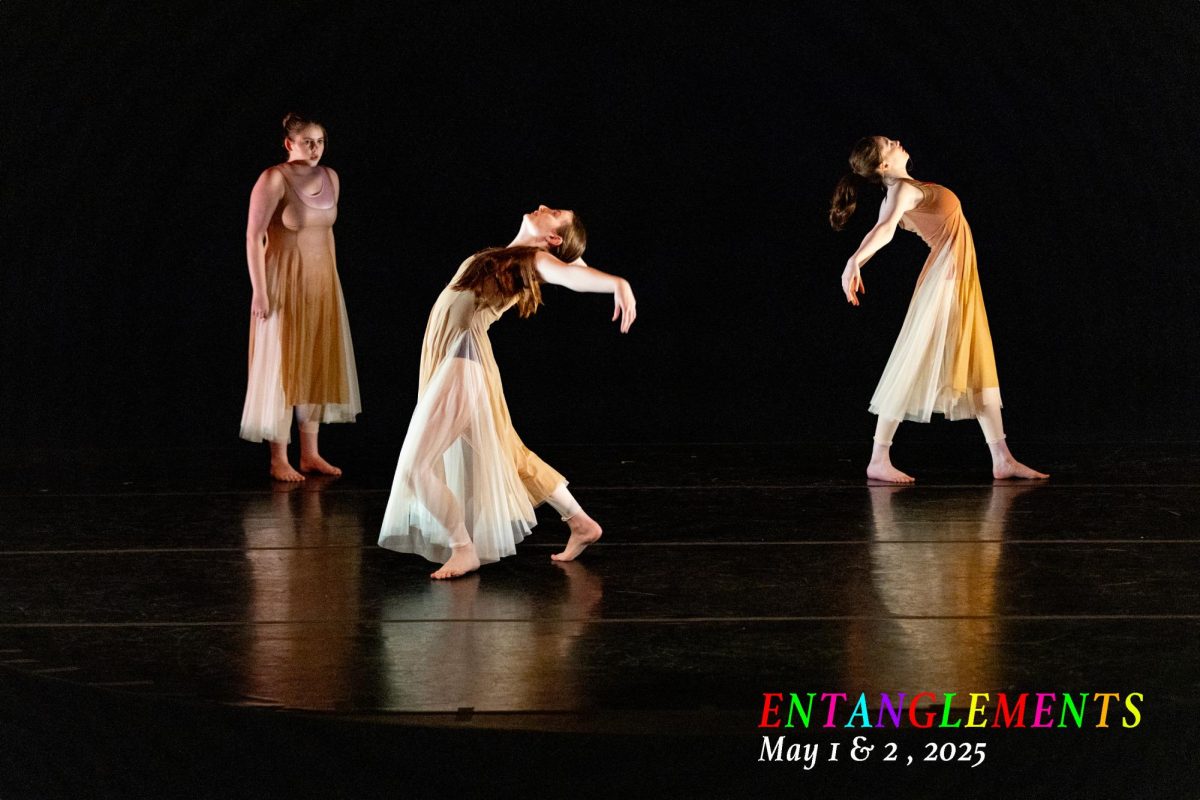
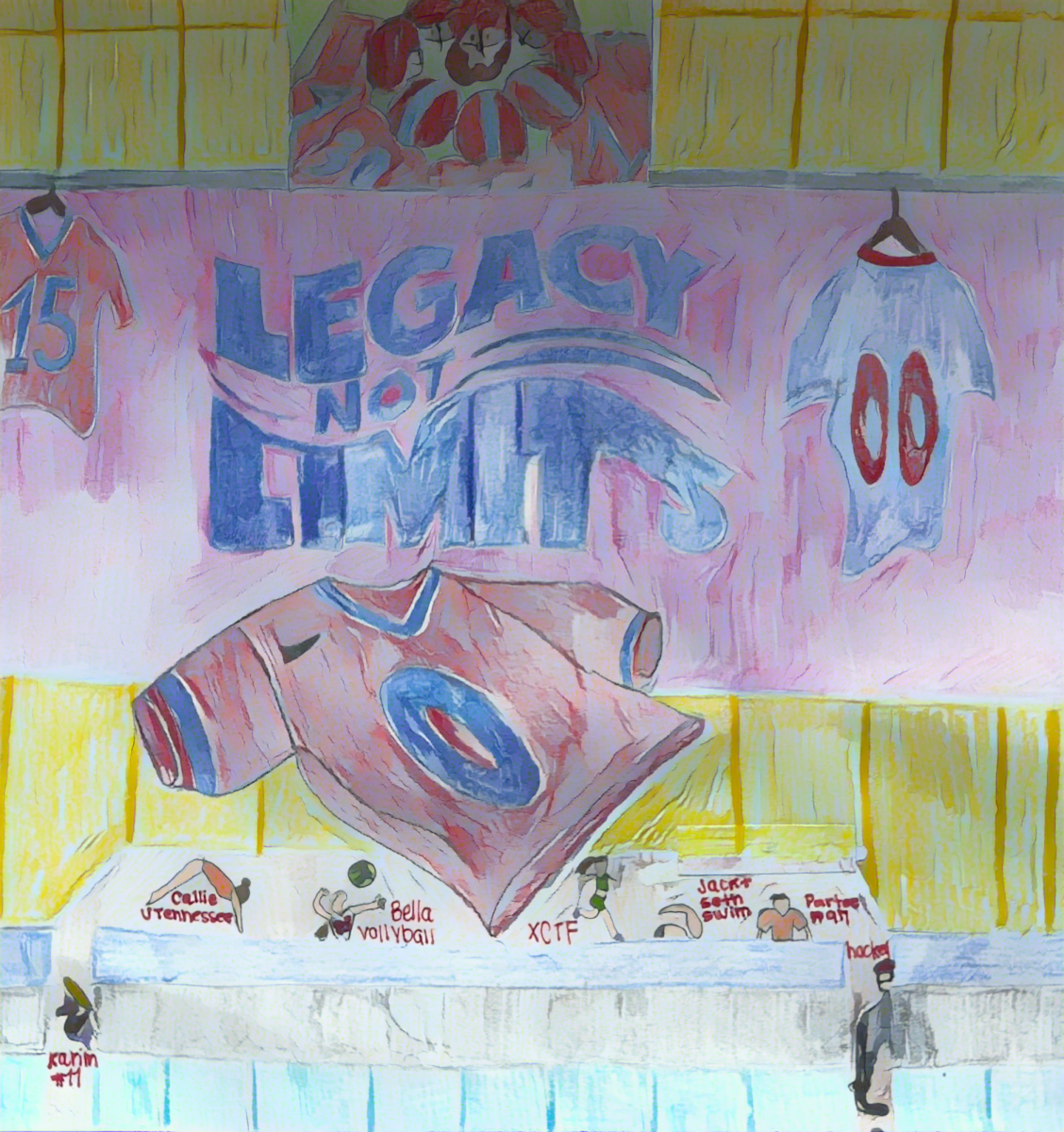
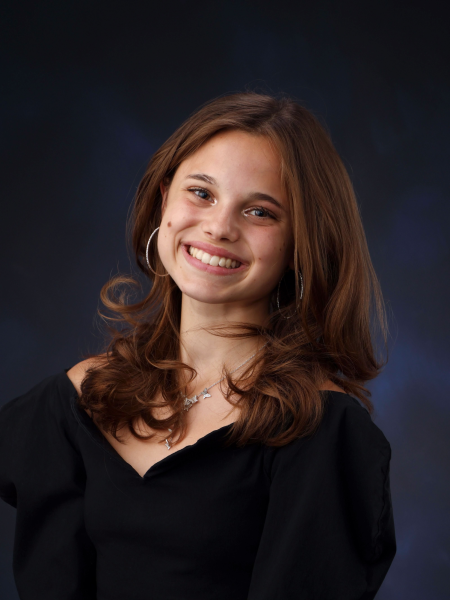
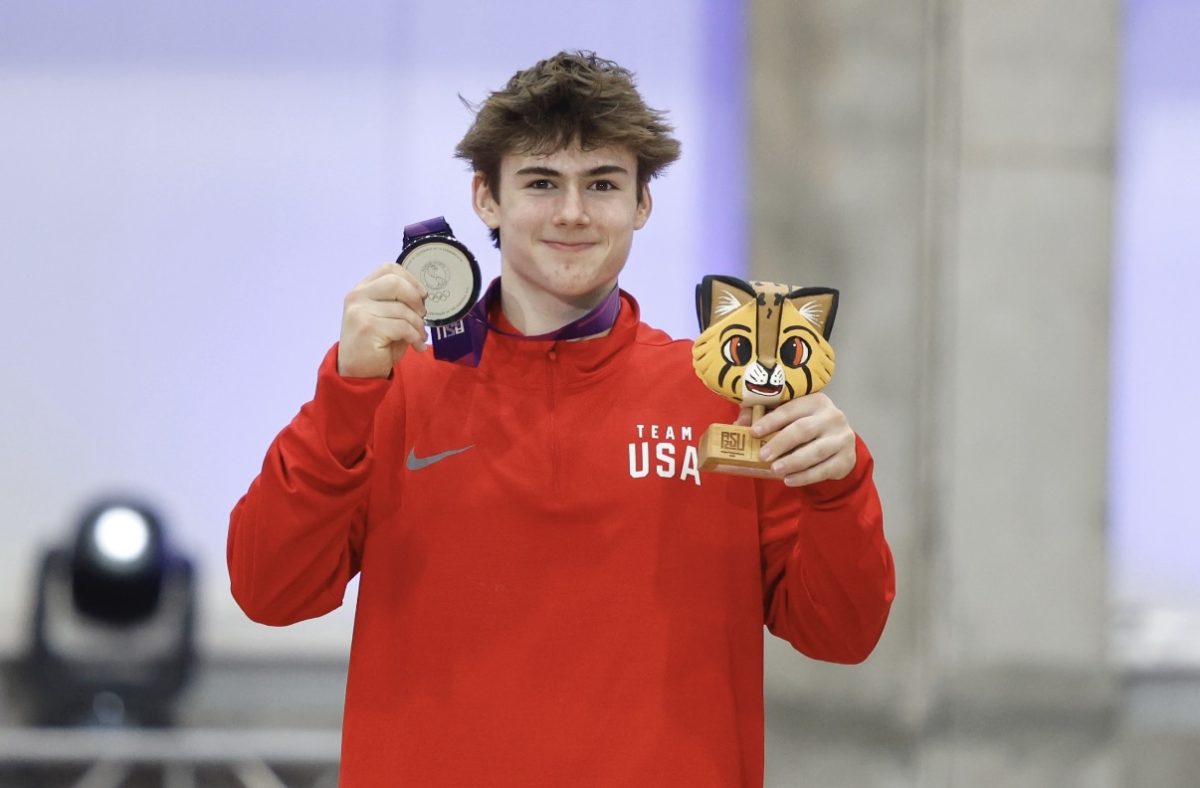

Jim O’Connor • May 7, 2025 at 5:45 pm
This is fantastic. Great work!
Bella • May 6, 2025 at 8:10 am
Thank you so much!!
Shari • May 5, 2025 at 2:17 pm
Thank you for being a voice for many walk ons who are an important part of the collegiate athletic process. All student athletes are valuable and not just power 4 schools either!
Heather Rice • May 5, 2025 at 10:46 am
Thank you for sharing our burdens with this case. The first year swimming for a D1 Power 4 school should have been a dream come true for our son, but instead we were left feeling heartbroken, disillusioned and downright angry. Now it’s time for the NCAA to step up and make it right.
Carmella Knoernschild • May 5, 2025 at 10:19 am
Thank you so much!! You are a true inspiration to ALL athletes but especially Hispanic female athletes like my daughter Isabella “Bella” the volleyball player in the picture ❤️‼️ Praying this article reaches everyone who needs to see it!! Thank you again!!
Ellie Anderson • May 5, 2025 at 1:42 pm
Thank you❤️ I’m praying it spreads to everyone who needs to see it too and rooting for Bella!
Rachel Bernstein • May 5, 2025 at 9:55 am
Thank you so much for this thoughtful article. It’s critical to remember we are talking about the lives of young people here-not professional athletes. Great work!
Jennifer • May 5, 2025 at 9:53 am
One of the most concise summaries I’ve read. Thank you!
Gloria Colangelo • May 5, 2025 at 9:51 am
A very well-written article about one of the most critical times in college sports: thank you for exposing the harm being caused to all these student athletes.
Gloria Hollingshead • May 5, 2025 at 9:26 am
This is a very well-written and researched article about a historic moment in sports. Thank you for helping to show the harm being incurred by so many athletes.
Victoria Willer • May 5, 2025 at 9:11 am
Great article Ellie! Well written. Sad to see what is happening.
Bill Utsey • May 3, 2025 at 11:48 am
Alston v NCAA and its fallout House case erase amateurism from the core value of D1 college sports. There’s a wave of debate wanting NCAA to erase the term “student-athlete.” D1 sports teams are now pro teams & walkon amateurs are not compatible with the model. Sad indeed.